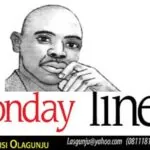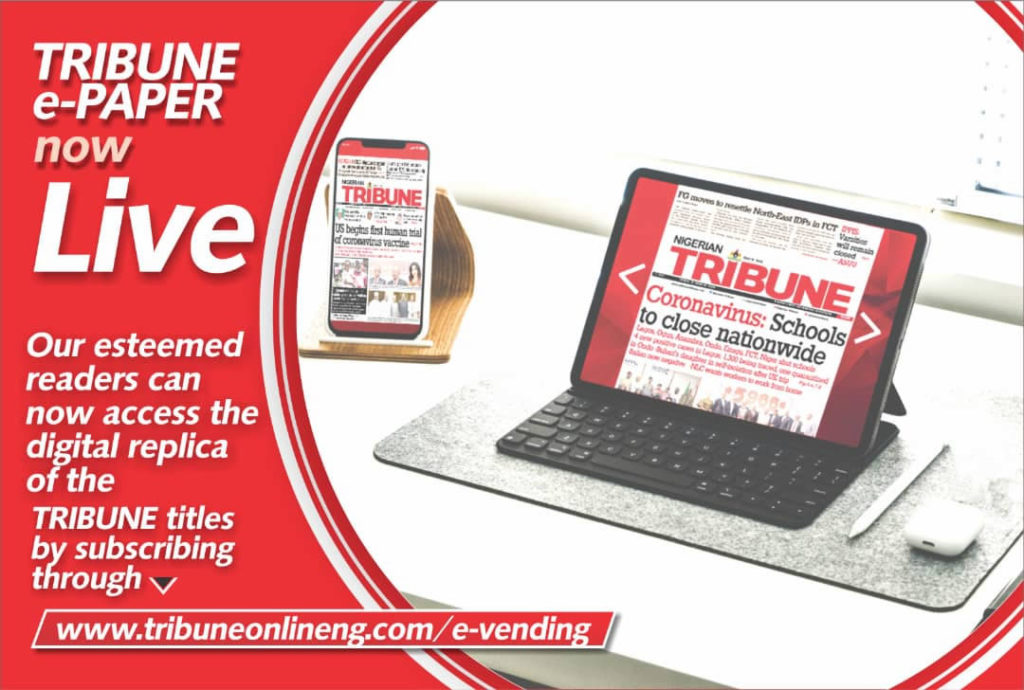Social structure — Relationship
Build your ‘PRICE’—Products, Relationships, Ideas, Customers, and Economy.
This article captures the essence of structures in starting and sustaining a business. In no particular order, the four business pillars which are pivotal to business success are as follows:
Social structure—Relationship
Administrative structure—Leadership
Financial structure—Ownership
Economic structure—Entrepreneurship
In specific orders, particularly as it relates to the topic – “ROLE Modelling” and the acronym ‘SAFE’ used to illustrate the four business structures, the proxy for each can be used to form another acronym—ROLE: Relationship, Ownership, Leadership and Entrepreneurship.
A business is as safe as its Social, Administrative, Financial and Economic (SAFE) pillars. The most important role of a business entrepreneur is to create a safe haven for business success by modelling strategic and quality Business Relationship, Leadership, Ownership and Entrepreneurship (ROLE).
Business stability comes from a structured foundation. When entrepreneurs build and model SAFE structures, they create a sustainable, adaptable, and growth-oriented business.
Now, let’s break it down one after the other. In no particular order, the four business structures illustrated above are the drivers of sustainable business practices. However, typically and specifically, a business starts with the economic structure, followed by financial, administrative and social structures. Exceptions to this order are not unexpected due to business dynamics.
Breaking Down ROLE Modelling (Social Structure) in Business:
1. Social Structure (Relationship) — Create customers before you create a company. Business thrives on customer creation and strategic connections. Validate demand for your product or service before investing heavily in building a formal company structure. Instead of focusing on setting up the business (logo, LLC, website, office), focus first on solving a real problem for real people. The best companies don’t just build products—they build relationships and solve real problems. Finding a group of loyal customers first means you’re starting with demand rather than gambling on supply. Some of the most successful businesses began with a strong audience or client base before officially launching—whether it was through community engagement, word-of-mouth, or testing a concept with early adopters.
Why It Matters:
1. Reduces risk: You avoid building something no one wants.
2. Saves time and money: No need to invest in legal, branding, or infrastructure until there’s proof of interest.
3. Attracts investors or cofounders: Showing traction—even in the form of email signups or preorders—demonstrates market fit.
4. Ensures product-market fit early: You’ll learn from early adopters and iterate based on their feedback.
How to Do It:
• Pre-sell a product or service through a landing page or crowd-funding.
• Offer consulting or services to solve the problem manually before automating.
• Start building an audience via social media, newsletters, or content marketing.
Example:
Before launching Dropbox, the founders made a simple explainer video. They had no product, just a concept. But thousands of people signed up, proving there was demand—before they built the company.
Conceptual success isn’t the same thing as commercial success. A viable product defines conceptual success. A viable market defines commercial success. A strong customer base defines business success. Conceptual success is about proving that an idea works—creating something viable that solves a problem or meets a need. But having a great product alone isn’t enough; a business thrives when there’s an actual market for it.
Commercial success happens when demand aligns with supply, and business success is fully realized when that market turns into loyal customers who sustain and grow the company. It’s a progression: idea → product → market → customers.
Not everyone is your customer. Know your products and customers. Understanding your target audience and how your products serve them is key to success. It’s all about finding the right fit—rather than trying to appeal to everyone, focusing on those who truly benefit from and appreciate what you offer creates loyalty and drives growth. Whether it›s refining your messaging, adjusting your product features, or identifying customer needs, this approach ensures you›re investing time and resources wisely.
Build your PRICE—Products, Relationships, Ideas, Customers, and Economy.
The acronym PRICE — Products, Relationships, Ideas, Customers, and Economy — can serve as a strategic framework for building a resilient and growth-oriented business. Here’s a breakdown of how to “build your PRICE” effectively:
P — Products
• Create value: Offer products or services that solve real problems or fulfill desires.
• Innovate constantly: Stay ahead by improving features, design, or user experience.
• Ensure quality: Consistent quality builds trust and drives repeated purchase.
• Diversify wisely: Expand your product line based on demand and market fit.
Key Question: What makes your product indispensable or uniquely valuable?
R — Relationships
• Build trust: With employees, partners, and customers — trust drives loyalty.
• Network strategically: Relationships open doors to new markets, funding, and ideas.
• Engage authentically: Listen actively and respond transparently.
• Retain talent: Internal relationships shape your external success.
Key Question: How strong and sustainable are your key relationships?
I — Ideas
• Encourage creativity: Foster a culture where new ideas are welcomed and tested.
• Think long-term: Ideas should align with your vision and adapt to trends.
• Leverage feedback: Great ideas often come from your customers and team.
• Protect IP: Secure and capitalize on your intellectual property.
Key Question: Are you investing in the ideas that will define your future?
C — Customers
• Know your audience: Deeply understand their needs, pain points, and preferences.
• Deliver excellence: Exceed expectations with service and support. Learn to under-promise and over-deliver—setting realistic commitments while strategically aiming to go above and beyond builds trust, keeps people pleasantly surprised, and ensures you always leave a lasting impression.
• Segment & personalize: Tailor your messaging and offerings.
• Build loyalty: Create experiences that keep customers coming back. Build a strong experience economy. Experienced brands create the best experience economy for customers. The experience economy is all about creating memorable interactions that go beyond just selling a product or service—it’s about crafting immersive, engaging experiences that leave a lasting impact on customers.
Experienced brands understand that customers aren’t just paying for goods; they’re paying for how those goods make them feel. From seamless service to emotional connections, the best brands focus on personalization, storytelling, and sensory engagement to elevate customer satisfaction.
Key Question: How well do you serve and understand your customers?
E — Economy
• Operate efficiently: Manage costs while maximizing output.
• Plan for resilience: Prepare for market shifts and economic downturns.
• Invest wisely: Allocate resources to high-impact areas.
• Grow sustainably: Balance ambition with long-term financial health.
Key Question: Is your business economically sound and built to last?
Building your PRICE is about creating a balanced ecosystem where value, trust, innovation, customer focus, and sustainability drive success. Think of it as your internal scorecard — every letter matters.
READ ALSO: Injelititis: Why good businesses still fail (2)
WATCH TOP VIDEOS FROM NIGERIAN TRIBUNE TV
- Let’s Talk About SELF-AWARENESS
- Is Your Confidence Mistaken for Pride? Let’s talk about it
- Is Etiquette About Perfection…Or Just Not Being Rude?
- Top Psychologist Reveal 3 Signs You’re Struggling With Imposter Syndrome
- Do You Pick Up Work-Related Calls at Midnight or Never? Let’s Talk About Boundaries






